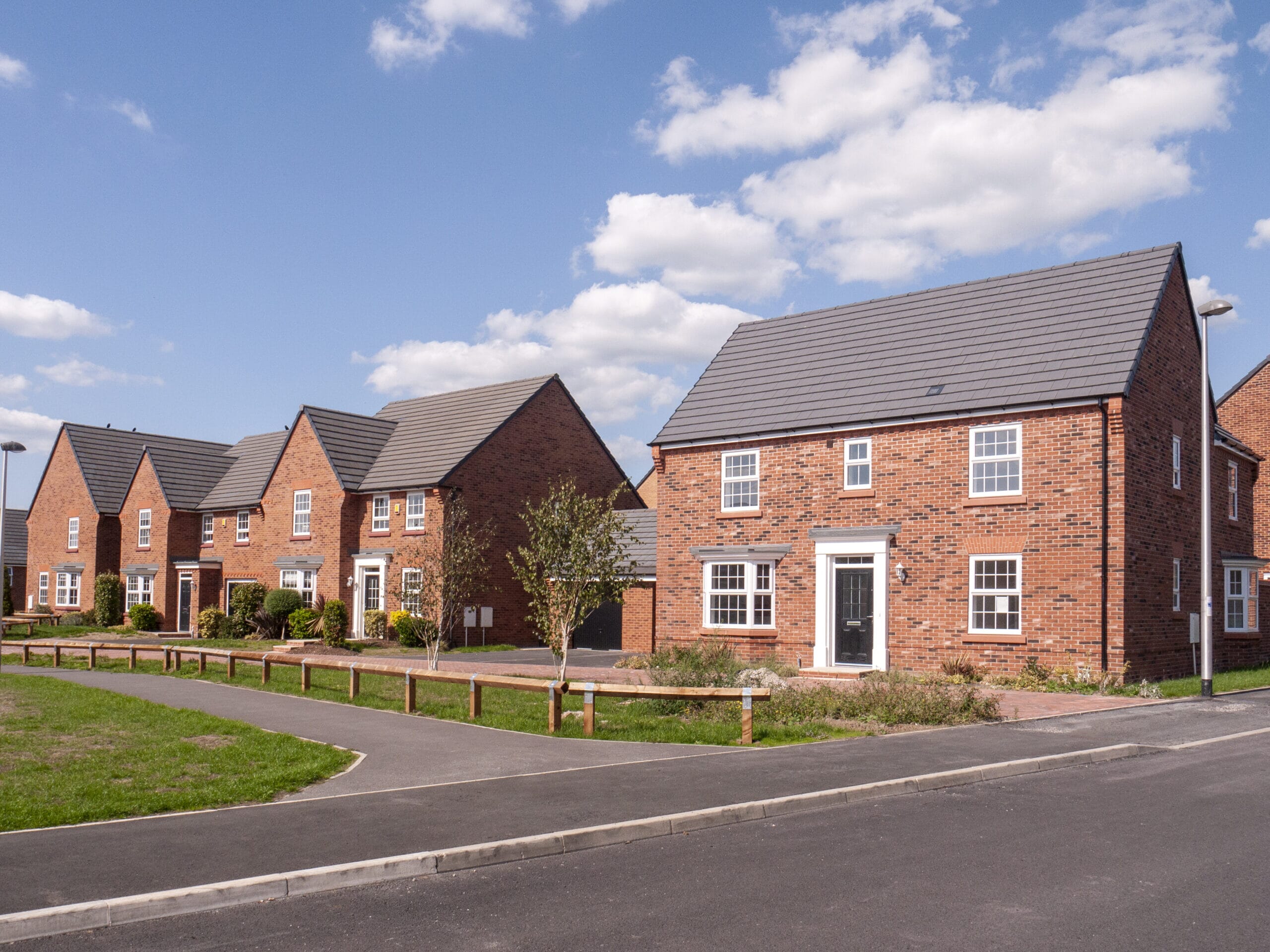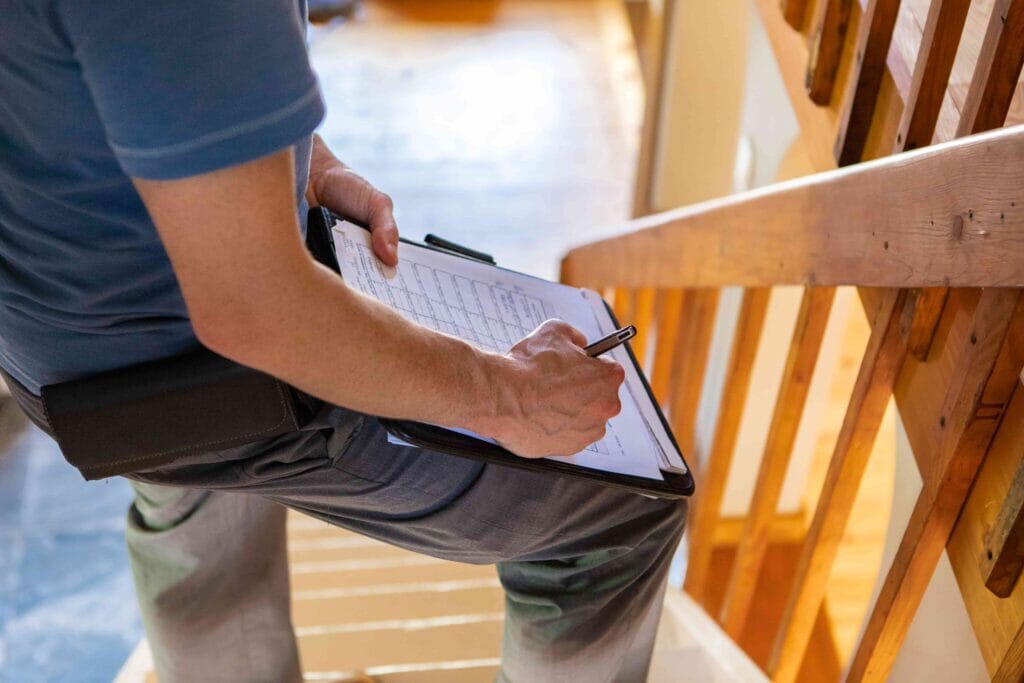
Part L: Primary Energy Rate
Part L/Section 6
Part L: Primary Energy Rate
In this series of articles, we aim to answer some of your questions about the upcoming changes to Approved Documents L and F, SAP methodology and the Future Homes Standard.
Current proposals suggest these regulations will be coming into force in England from October 2020. Contact us with your own questions about the regulation changes, or to discuss our training seminars and workshops.
What is the Target Primary Energy Rate?
Under the current English version of AD L, new developments need to meet the Target Fabric Energy Efficiency (TFEE) which puts focus on the amount of heat loss through the building shell.
This requirement was introduced in 2012 to discourage builders from using minimum levels of insulation and offsetting the higher heat loss by installing PV panels. The consultation papers propose scrapping this target; replacing it with a new method for targeting ‘primary energy’ use.
The Target Primary Energy Rate will consider how much energy (in kilowatt hours) is required to provide heating and hot water to a newly built dwelling. It will also include energy used by lighting, ventilation, cooling systems and showers.
A notional specification will be used to set the target, known as the Model Design. It is then up to developers to produce a similar spec for their projects which will equal the TPER or improve on it.
Instead of just looking at energy used within the building itself, TPER also considers the amount of energy required to produce the fuel source in the first place. For example, we need 1.13 kilowatts of energy to extract 1.00 kilowatt of gas from the earth, refine it, and pump it through the UK’s pipe network to reach the dwelling.
The additional 13% is added to every kilowatt of gas used by the dwelling to calculate the DPER. Electricity and biomass have the highest primary energy factors as these are perceived to be the fuels which require the most energy to produce and transport.
This means houses which are designed to use these fuel types for heating may struggle to meet this new target without introducing low energy or renewable systems.
TPER is a brand new introduction to English building regulations despite being used across Europe as the chosen method for targeting energy efficiency. Since 2014 it has been used in Wales to target non-domestic buildings (as well as targeting emissions).
To comply with the proposed AD L 2020 new dwellings will need to comply with three mandatory targets; Primary Energy rate, Carbon Emissions and Fuel Bills.





